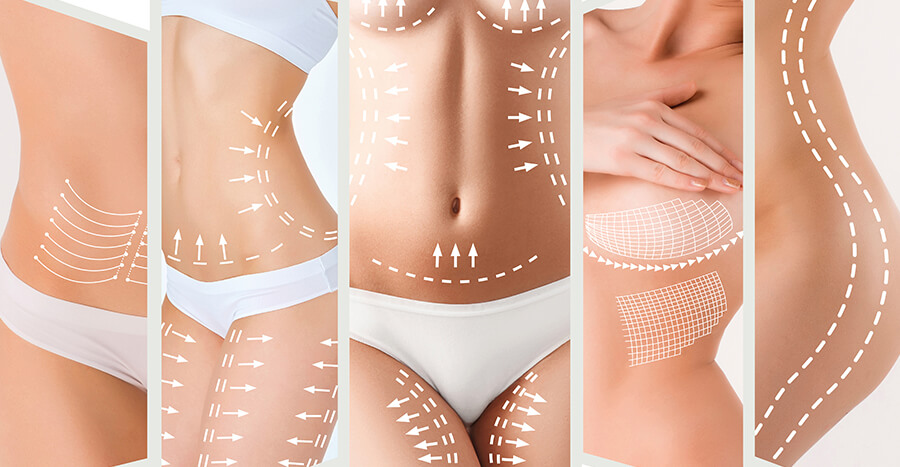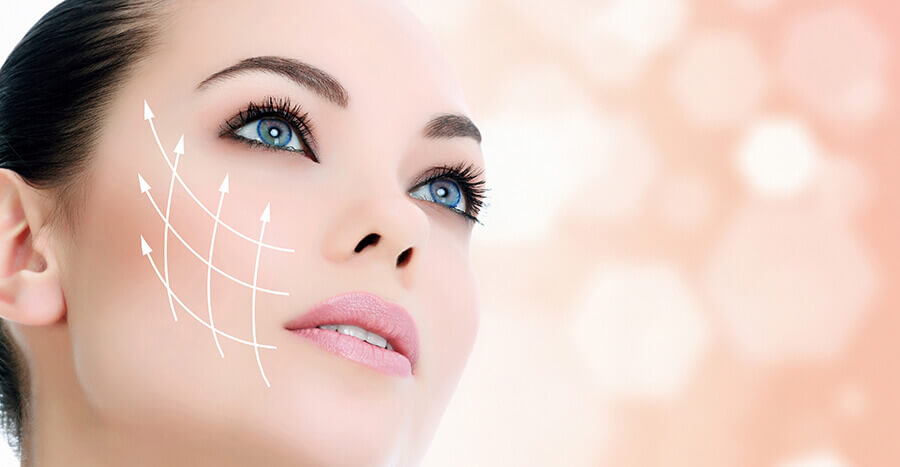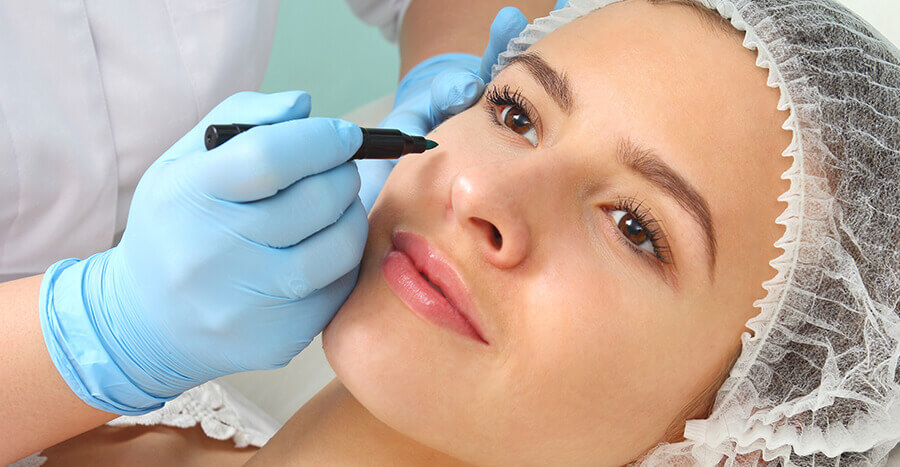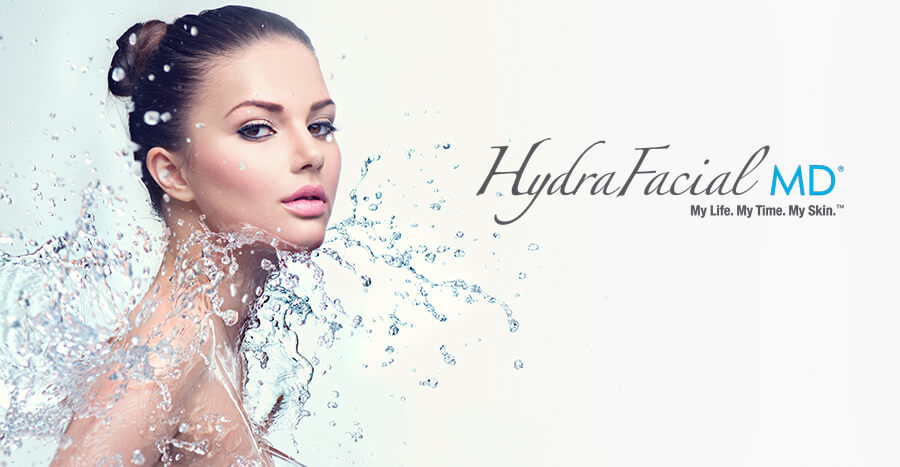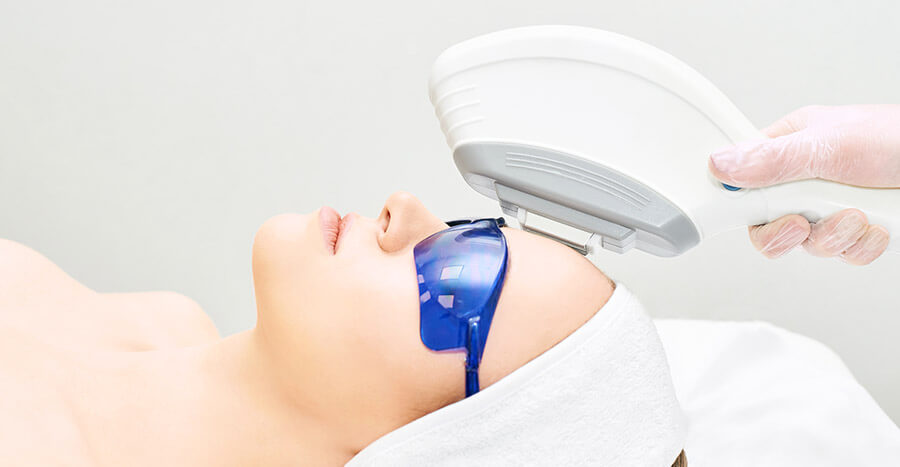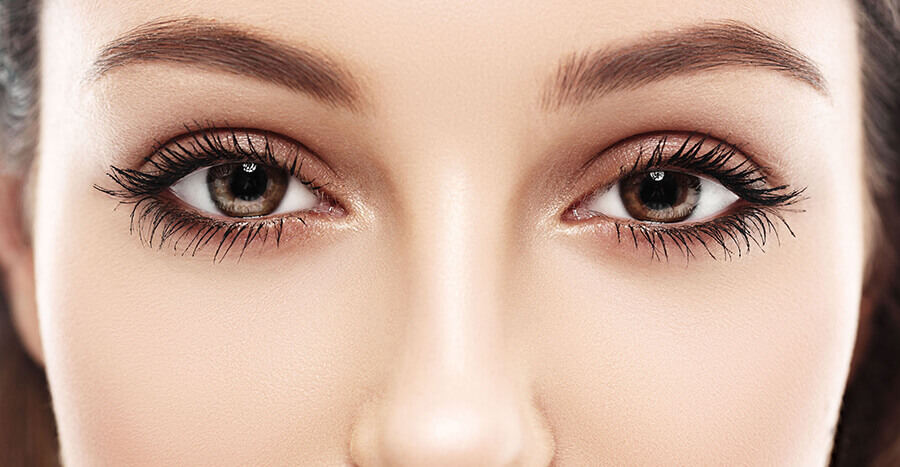Embracing your natural beauty is all about enhancing the features you have – especially the tone, texture, and health of your skin. But sometimes, dead skin cell build up and tiny hairs on your face can make your skin appear dull. At Aesthetic Surgical Arts/Mia Bella Donna Medspa in Overland Park, KS we know that treatments like dermablading can refine your appearance so you can feel confident about your natural appearance.
Dermablading is a non-surgical and non-invasive aesthetic treatment that exfoliates your skin and removes peach fuzz from the surface of the skin to give you a radiant, healthy glow. Sometimes called dermaplaning, this treatment works by scraping a sterile scalpel over the surface of your face to exfoliate the skin. Compared to other exfoliating treatments, dermaplaning delivers a medium-depth exfoliation that can address a variety of skin concerns, including age-related concerns.
How Often Can You Do Dermablading?
Dermablading can be done about once a month and you can continue to have treatments indefinitely. Much like other types of facial treatments that address superficial concerns, you can incorporate this treatment into your regular skincare routine to promote the health and appearance of your skin. In fact, many people like to combine Dermablading with certain other facials, such as a hydrafacial, to infuse new skin cells with serums and hydration.
Why This Frequency?
The recommended frequency for this Dermablading treatment is every three to four weeks, but why? There are a couple of reasons why this frequency is preferable for most people. The first reason is that a single treatment removes about two to three weeks of dead skin cells from the skin surface, so if you have this treatment too frequently, you will be removing new skin cells that are protecting the sub-dermal layers of your skin.
The second reason relates to your skin’s natural skin cell turnover cycle. This is the 28 to 40 day cycle refers to how quickly dead skin cells are shed for new skin cells to emerge. Most people have an ongoing cycle that means new skin cells naturally replace dead skin cells about every four to six weeks. Using an exfoliation treatment once a month can assist this natural cycle without any risk.
Do Some People Need This Treatment Less Frequently?
Some people may prefer to use this treatment every four to six weeks, or sometimes every eight weeks. Typically, people who use this treatment less frequently either have sensitive skin or mature skin. For sensitive skin, exfoliating too frequently can create more sensitivity, so more space between exfoliation treatments is ideal. And because mature skin has a naturally slow cellular turnover, it’s generally not necessary to exfoliate so often.
Other Frequently Asked Questions
1. Why Should You Consider Dermablading?
So, why this exfoliating treatment instead of another, such as microdermabrasion or even at-home facial scrubs? For one thing, the quality of exfoliation accomplished with this treatment can completely rejuvenate your overall appearance. Some other reasons to consider dermaplaning include:
Promote Healthier and Smoother Skin
Keeping your skin healthy is all about regulating the shedding of your skin cells. When skin cells shed abnormally, issues such as clogged pores, acne, and dull, rough skin texture can happen, and as a result the health of your skin can start to decline. This treatment also helps you achieve smooth skin – and not only because of the exfoliation of dead skin cells.
Smooth skin can be defined as skin that has a silky, baby-soft texture, so one of the best things you can do to promote smooth skin is remove the vellus hairs from the skin surface. Vellus hairs are the small, nearly invisible hairs on your face and body that are generally used to regulate body temperature, among other biological roles. However, vellus hairs on the face (also known as peach fuzz) are vestigial and have no true purpose. Removing these hairs will leave your skin feeling buttery-smooth.
Reduce Scar and Fine Line Appearance
Shallow atrophic scars and fine lines have a tendency to look worse when dead skin cells build up on the skin surface. By removing dead skin cells and additional surface layers of your skin, you can effectively reduce the appearance of shallow imperfections on your face. In fact, the benefits of exfoliation for shallow textural concerns are well-known in other treatments, such as chemical peels.
Additionally, some pigmented scarring can also be reduced or entirely removed with dermaplaning treatments. Skin concerns like post-inflammatory hyperpigmentation, melasma, and other superficial blemishes are generally caused by discolored skin cells on the very surface of the skin. With an exfoliating treatment like dermaplaning, you can effectively remove discoloration from the skin surface.
Provide Better Product Penetration
The key to getting the most out of your active skincare ingredients is to remove the dead skin cells that are creating a barrier between the ingredient and your skin. While treatments like microneedling are well-known for their ability to help products penetrate the skin more deeply, exfoliation treatments like dermaplaning can also assist product penetration. Many people see better results with their skin care routine when exfoliation is part of regular skin care.
Easily Pairs With Other Treatments
Dermaplaning also pairs very well with other aesthetic treatments. In fact, after cleansing the skin, exfoliation is usually the next step before further skin treatments. It’s common for this treatment to be combined with a hydrafacial for a fully rejuvenating experience, but this treatment can also be combined with acne facials, as well. Dermaplaning can also be matched with injectable treatments.
Safe for All Skin Types
The biggest benefit of this treatment is the fact that it can be safely paired with all skin tones and types. People with fair skin, sensitive skin, and medium to dark complexions are all eligible for this treatment because there are no side effects associated with dermaplaning. While other treatments may have the potential to cause pigmentation concerns, this exfoliating treatment is gentle enough that every skin tone and type can benefit.
2. Will You Need To Prepare for Treatment?
Aside from a consultation to tailor your treatment plan, there isn’t much you will need to do to prepare your skin for this treatment. We generally recommend that you temporarily stop using acidic or chemical exfoliants, such as glycolic or salicylic acid, for at least one or two days before your treatment. You should arrive at your appointment with your face clean and your hair pulled away from your face. We may give you more specific instructions during your consultation.
3. What Can You Expect From This Treatment?
Your dermaplaning treatment will take about 20 to 30 minutes to complete. During your treatment, we will gently cleanse your face to remove any impurities and lingering make-up. Then, one of our skilled aestheticians will use a sterile scalpel to remove dead skin cells and peach fuzz from your skin with short, soft strokes. After the dermaplaning portion is complete, dead skin cells will be removed from your face and moisturizers or special serums will be applied to your skin.
4. What Should You Do After Your Treatment?
There is no downtime associated with this treatment, so you can go back to your daily routine after your treatment. However, you will want to be mindful about your skincare for the next one to three days. For example, sunscreen is essential so you can protect new skin cells from damaging UV rays. You should also be sure to use good moisturizers that contain hyaluronic acid, collagen, or other highly hydrating ingredients. Niacinamide is also a good ingredient to use.
You will also want to discontinue any additional exfoliants for at least the next three to five days, including acids, retinoids, and scrubs. Additionally, it’s a good idea to avoid hot water and excessive sweating for at least 24 hours so you can avoid skin irritation or over-drying your skin.
5. Is There a Best Time for This Treatment?
Yes and no. While you can have this treatment during any time of the year – and even schedule this treatment in the middle of a busy workday – you may want to think about the timing of your treatment when it comes to important life events.
For example, while the results of this treatment will be instantly obvious, you may want to schedule your appointment at least three to five days before an event to give your skin time to adjust, particularly if you plan to be wearing heavy make-up.
6. Why Is Dermaplaning At Home Not As Effective?
You’ve probably heard about dermaplaning treatments at home with disposable single-blade razors, but while an at-home method will certainly remove peach fuzz, it’s not an effective solution for removing dead skin cells. The fact of the matter is that disposable razors don’t have a sharp enough edge to remove more than one layer of skin cells and peach fuzz at a time, so the results are not as good as professional dermaplaning.
There’s also the fact that you need to consider the health of your skin. Professionals are trained in how to safely and effectively remove skin cells, such as the best angle to use for each area of the face to produce your desired results. At home, the angles you can use are limited and you run a higher risk of potentially cutting your skin.
7. Will Hair Grow Back Thicker?
No! The idea that peach fuzz will grow back thicker or darker after shaving is a complete myth, especially for women. The color and density of new hair growth are determined by hormones, so it’s highly unlikely that your peach fuzz will grow back abnormally after your treatment. After all, removing hair isn’t going to change the way hair follicles grow hair. You will not need to worry about dark or thick fuzz after your treatment.
8. Who Are Good Candidates?
Because most skin tones and skin types are eligible for this treatment, there are very few people who would not be considered good candidates. However, if you have active acne or skin conditions like rosacea, then this treatment may not be right for you. A consultation will determine whether or not this treatment is appropriate for your skin goals.
Enjoy a Radiant Glow with Dermablading
The key to a natural beauty look is having smooth, healthy, and radiant skin. But while at-home exfoliation should be part of your weekly skin routine, you may want to consider adding dermablading exfoliation to refine the appearance of your skin. If you think this treatment is a good match for your needs, please contact Aesthetic Surgical Arts/Mia Bella Donna Medspa in Overland Park, KS to schedule your consultation today.

